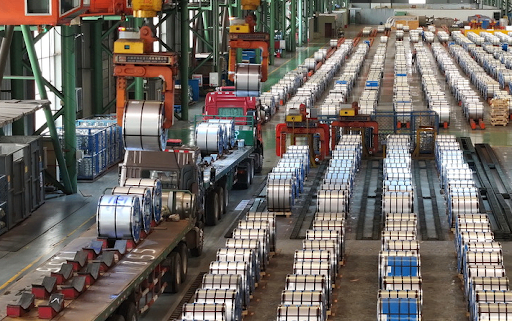OPEC+ reaches supply deal, Oil prices stay at four-month lows
Oil prices held at four-month lows on June 5 as OPEC+ plans to increase supply later this year and boost reserves of U.S. crude and refined products.

In Asian trading on Wednesday, June 5th, oil prices remained at four-month lows as the market digested OPEC+'s plans to increase supply later this year and the increase in US crude and product inventories.
As of 06:38 Greenwich Mean Time, Brent crude oil prices rose 1 cent to $77.53 a barrel, while US West Texas Intermediate crude futures fell 2 cents to $73.23 a barrel.
On Tuesday, both contracts fell more than $1, reaching their lowest settlement levels since early February, following a drop of about $3 a barrel on Monday.
The decline came after OPEC and its partners announced plans to increase production in October, despite recent signs of slowing demand growth.
Helima Croft, head of commodity research at RBC Capital, said in a market report, "Brent crude prices remain under pressure as some in the market believe OPEC's proposed gradual schedule to phase out voluntary cuts will see an increase of 500,000 barrels per day in the fourth quarter of 2024 regardless of the underlying oil market fundamentals or sentiment."
However, Saudi Arabian Energy Minister Abdulaziz bin Salman said OPEC+ would pause or reverse cuts if demand isn't sufficient to absorb the barrels.
Croft said, "The goal has always been to slowly reintroduce these barrels into the market rather than risk overwhelming the market with a surge in supply."
The analyst team led by Warren Patterson at ING said they expected crude production to tighten in the third quarter, with OPEC+'s plans to lift supply restrictions set to kick in October, suggesting the sell-off in the front-end of the term curve was overdone.
According to data from the American Petroleum Institute, US crude, gasoline, and distillate inventories increased last week.
API data showed that despite a survey forecasting a 2.3 million-barrel decline in crude stocks, inventories increased by over 4 million barrels in the week ending May 31st.
Independent energy expert Tim Evans noted that the crude statistical figures in the API report "indicate a significant negative surprise," with actual gasoline inventory increases more than double expert expectations.
Disclaimer: The views in this article are from the original Creator and do not represent the views or position of Hawk Insight. The content of the article is for reference, communication and learning only, and does not constitute investment advice. If it involves copyright issues, please contact us for deletion.